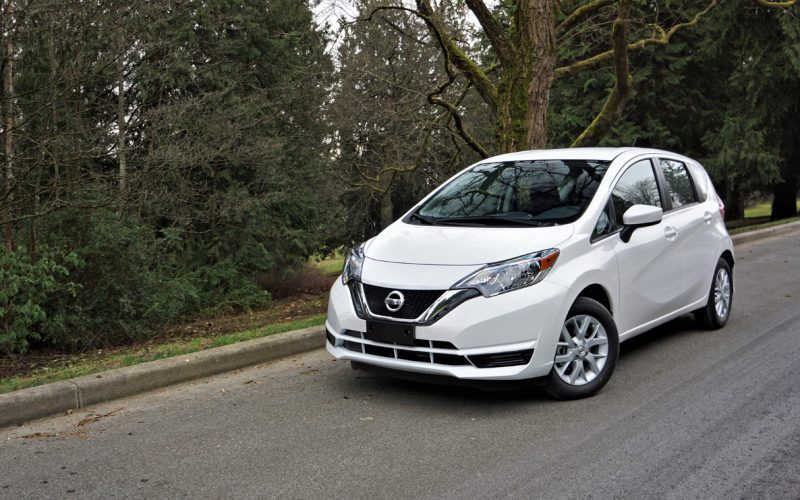
Reading Time: 9 minutesHow do factory leasing and financing rates from zero percent sound to you? That’s what Nissan
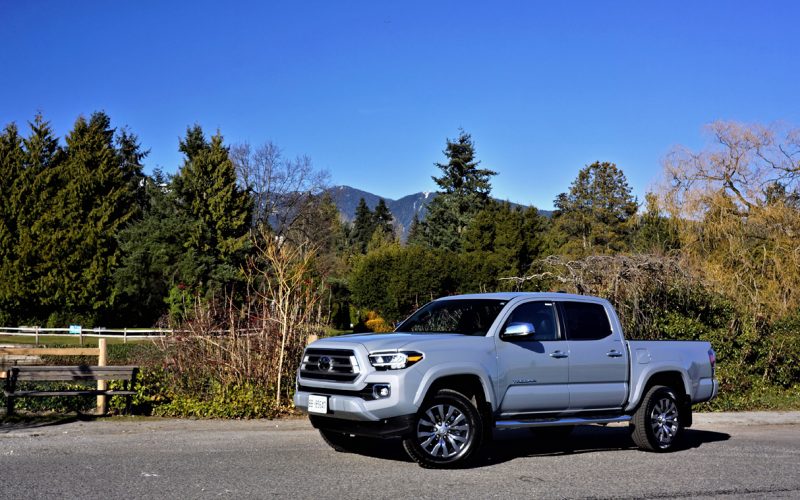
Reading Time: 12 minutesTo say that Toyota’s Tacoma is merely king of the mid-size pickup truck hill is a
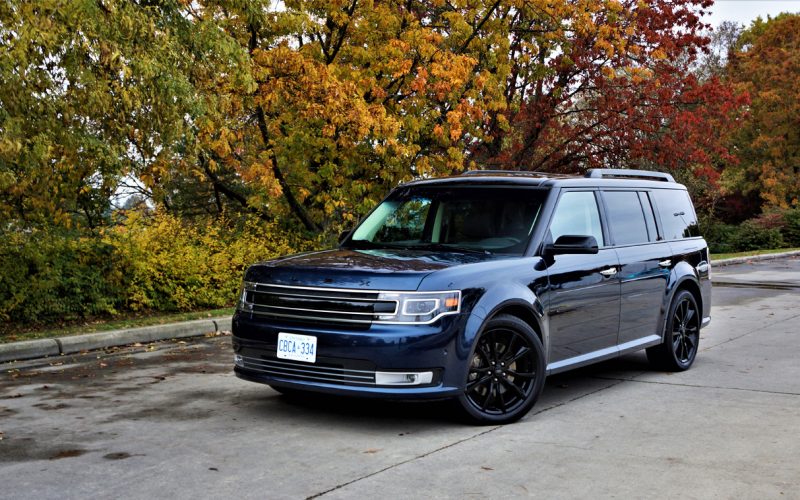
Reading Time: 13 minutesFYI, there are fewer new Ford Flex SUVs still available for sale than I had initially
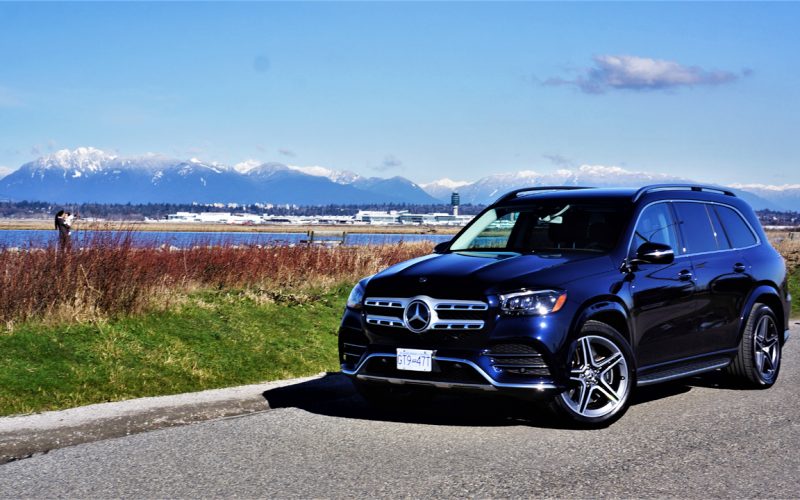
Reading Time: 11 minutesI hate to admit that with each passing year adapting to new things takes more time.
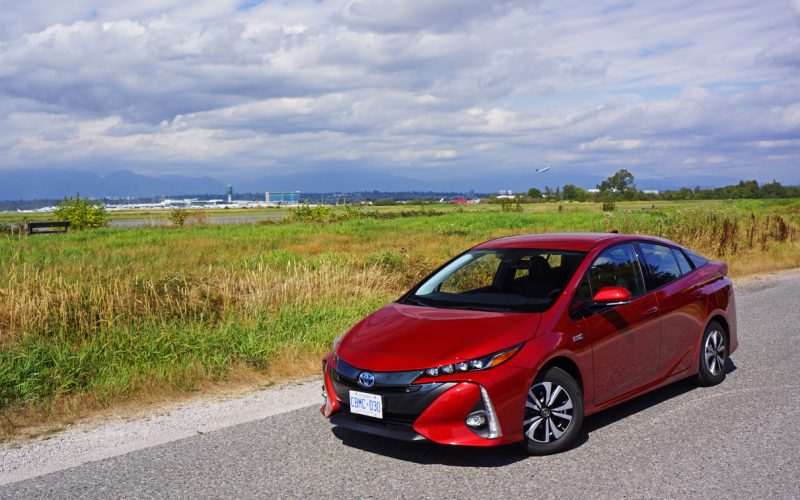
Reading Time: 10 minutesWell, I’ve done my cursory scan of Toyota Canada dealer websites, and yes in fact there
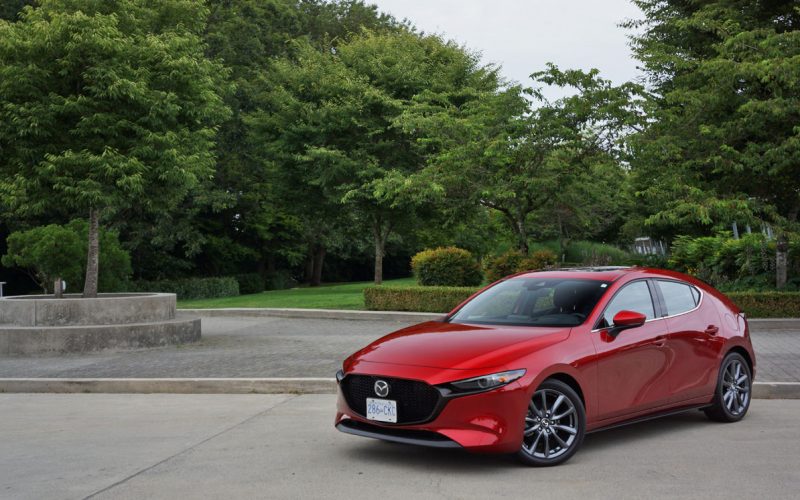
Reading Time: 13 minutesAfter first driving the all-new 2019 Mazda3, I would’ve immediately said it was by far the

Reading Time: 4 minutesThe Geneva Motor Show may have been cancelled due to the outbreak of COVID-19 (the novel
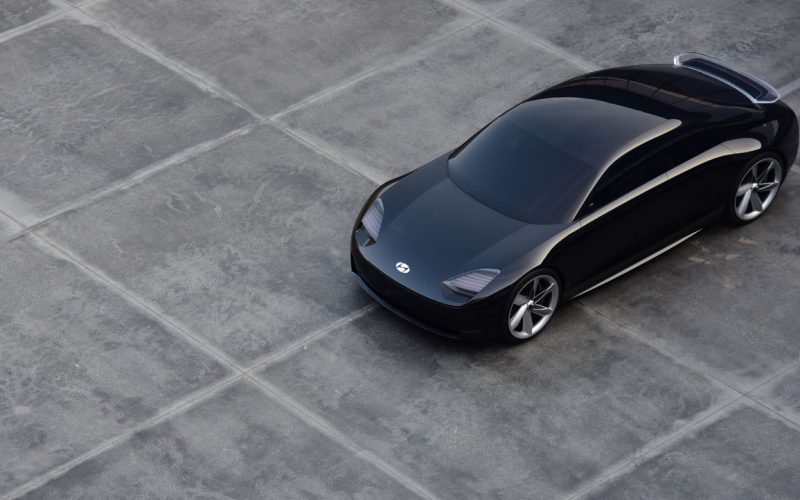
Reading Time: 4 minutesInterestingly, as cars become little more than rolling computers with seats they’re actually becoming less complex,
© 2025 The Car Magazine. All Rights Reserved, Privacy Policy | Terms of Use